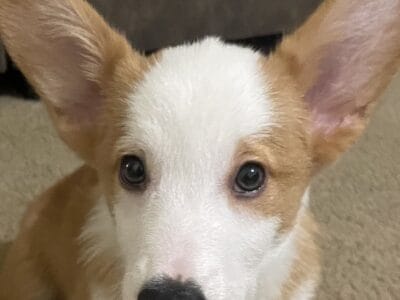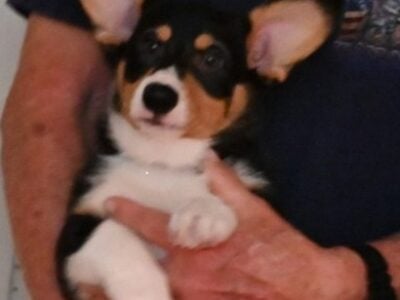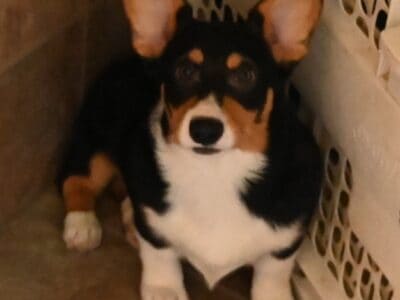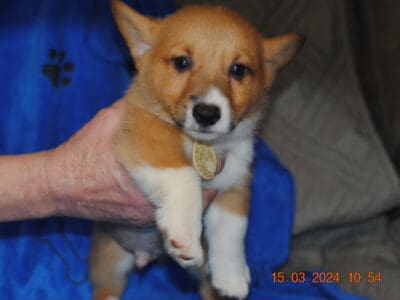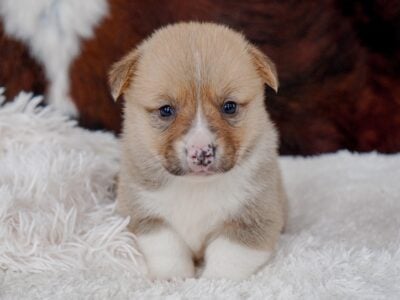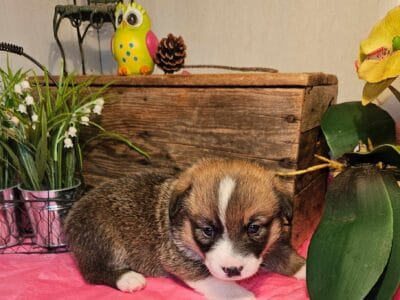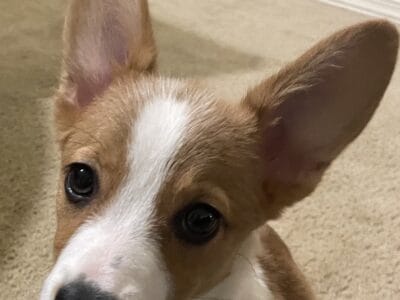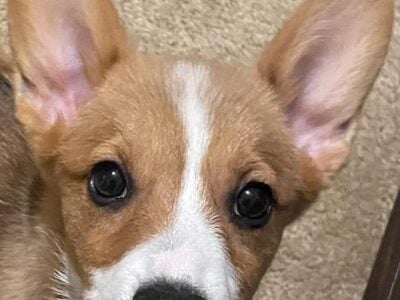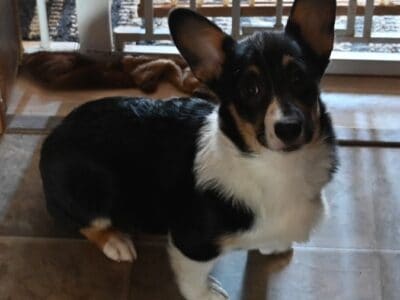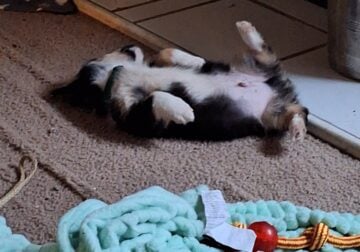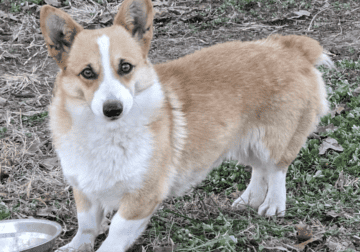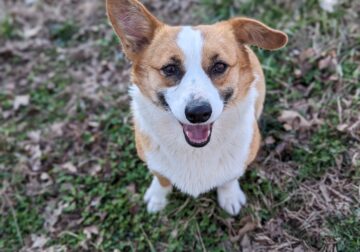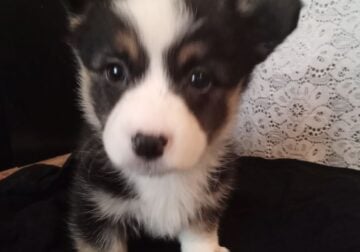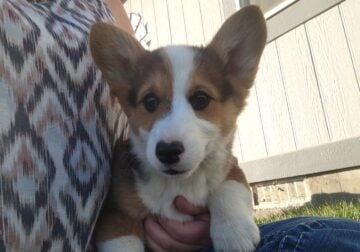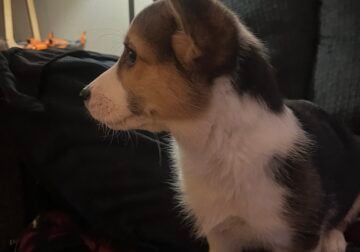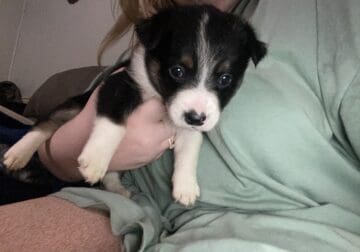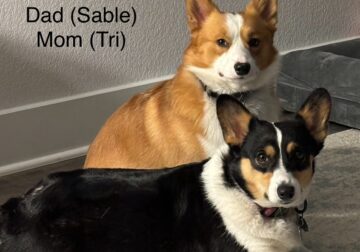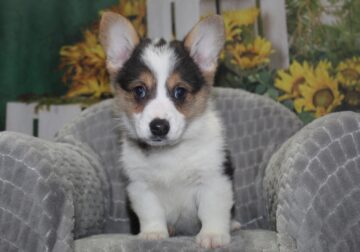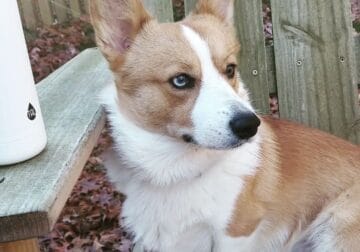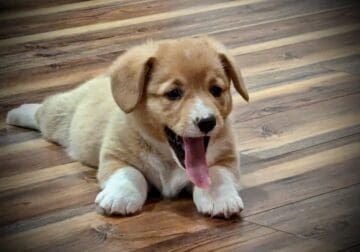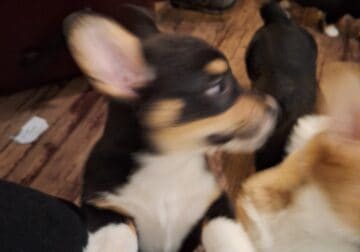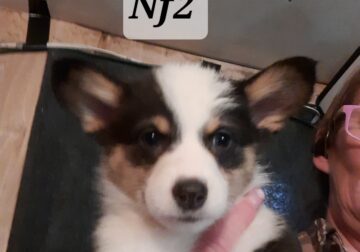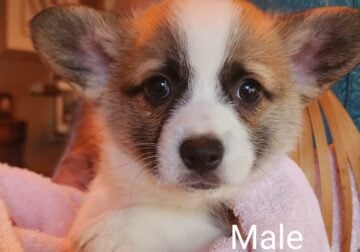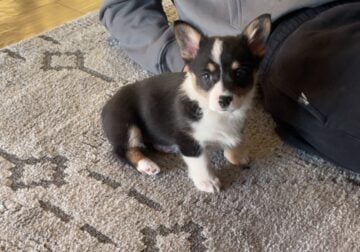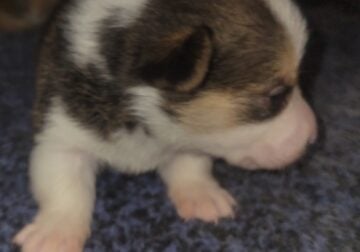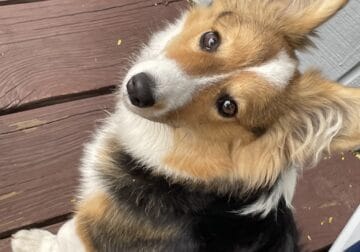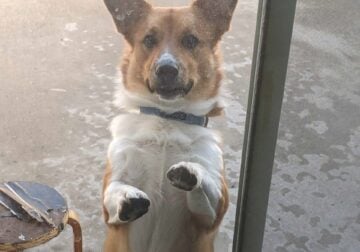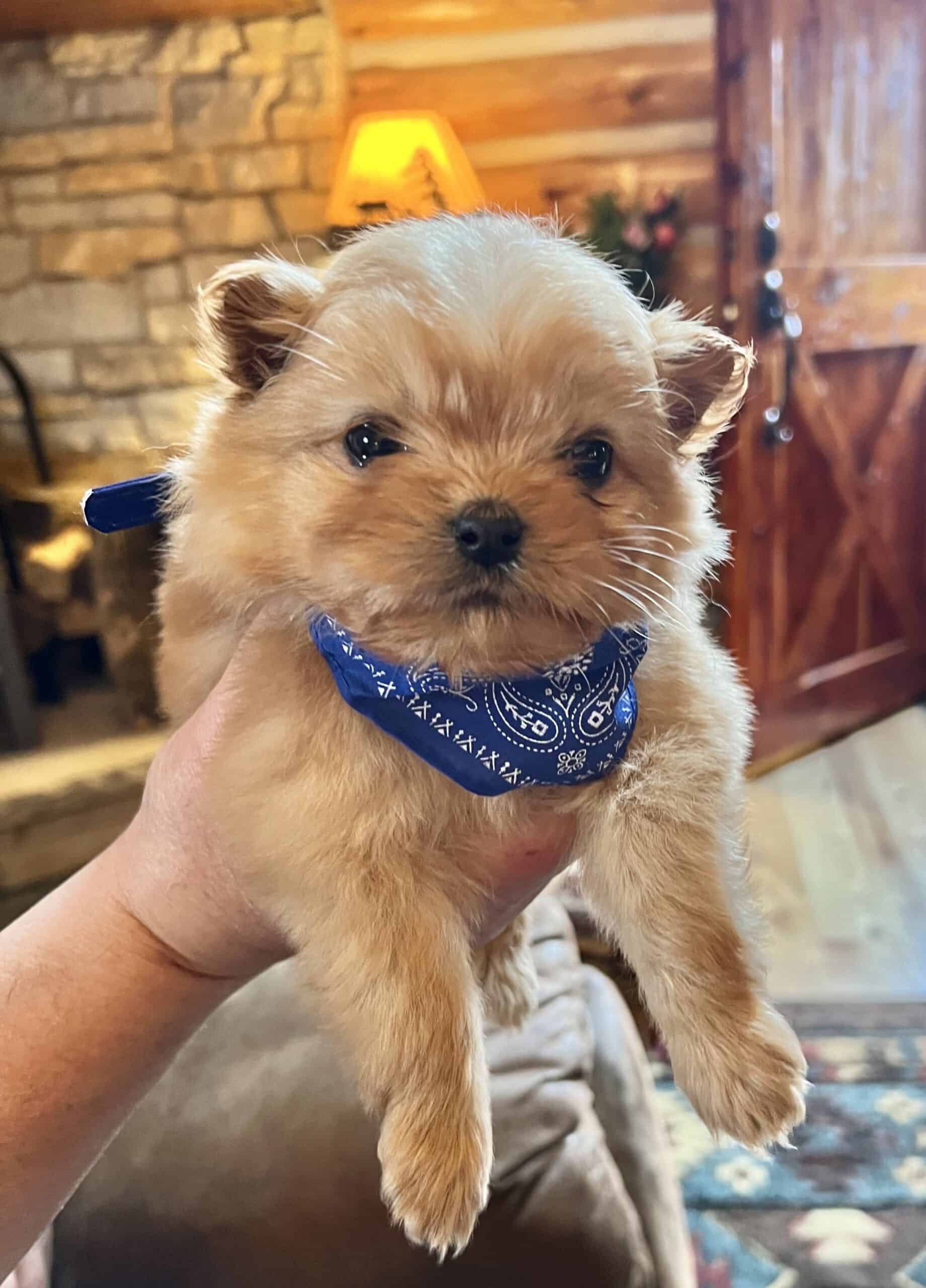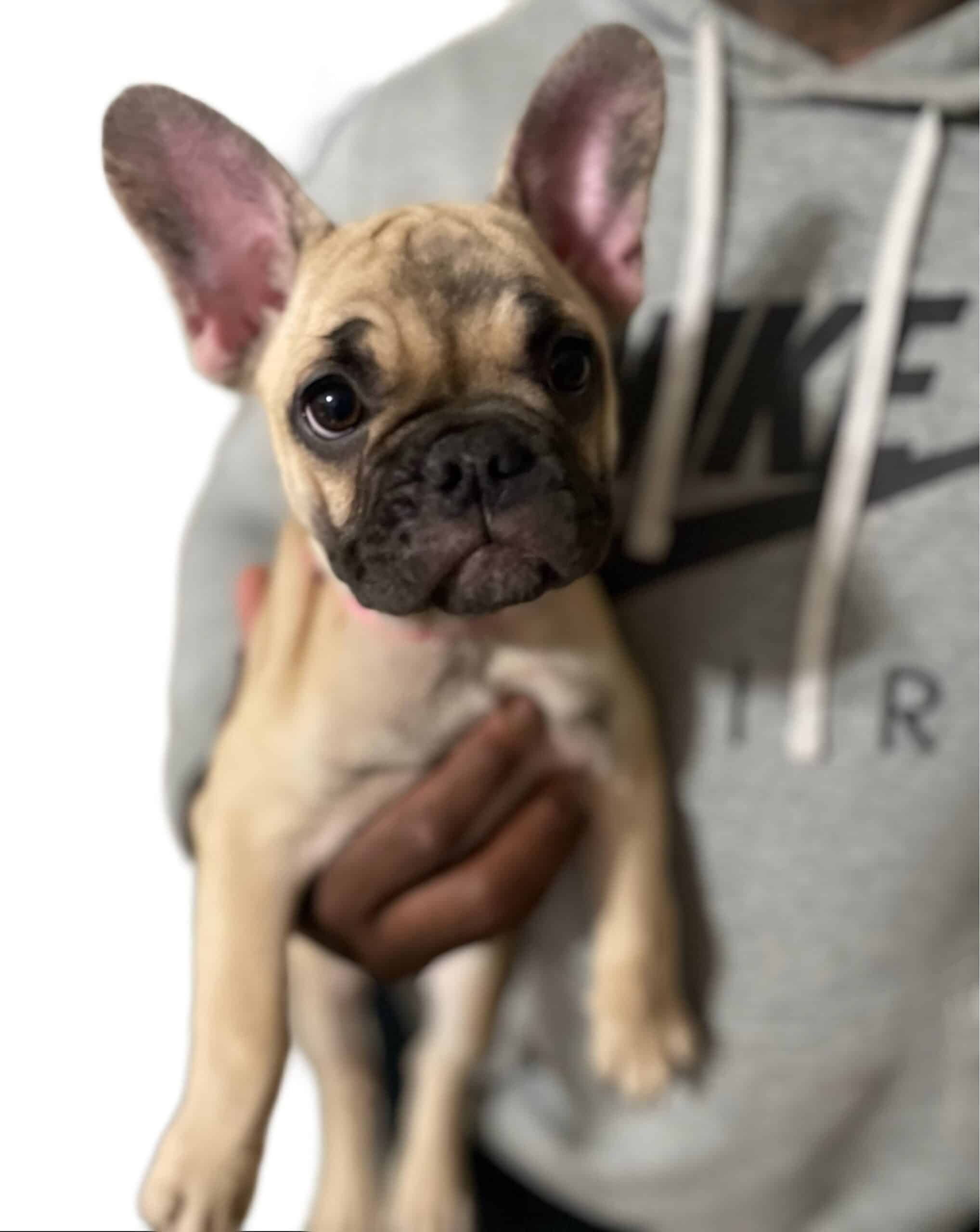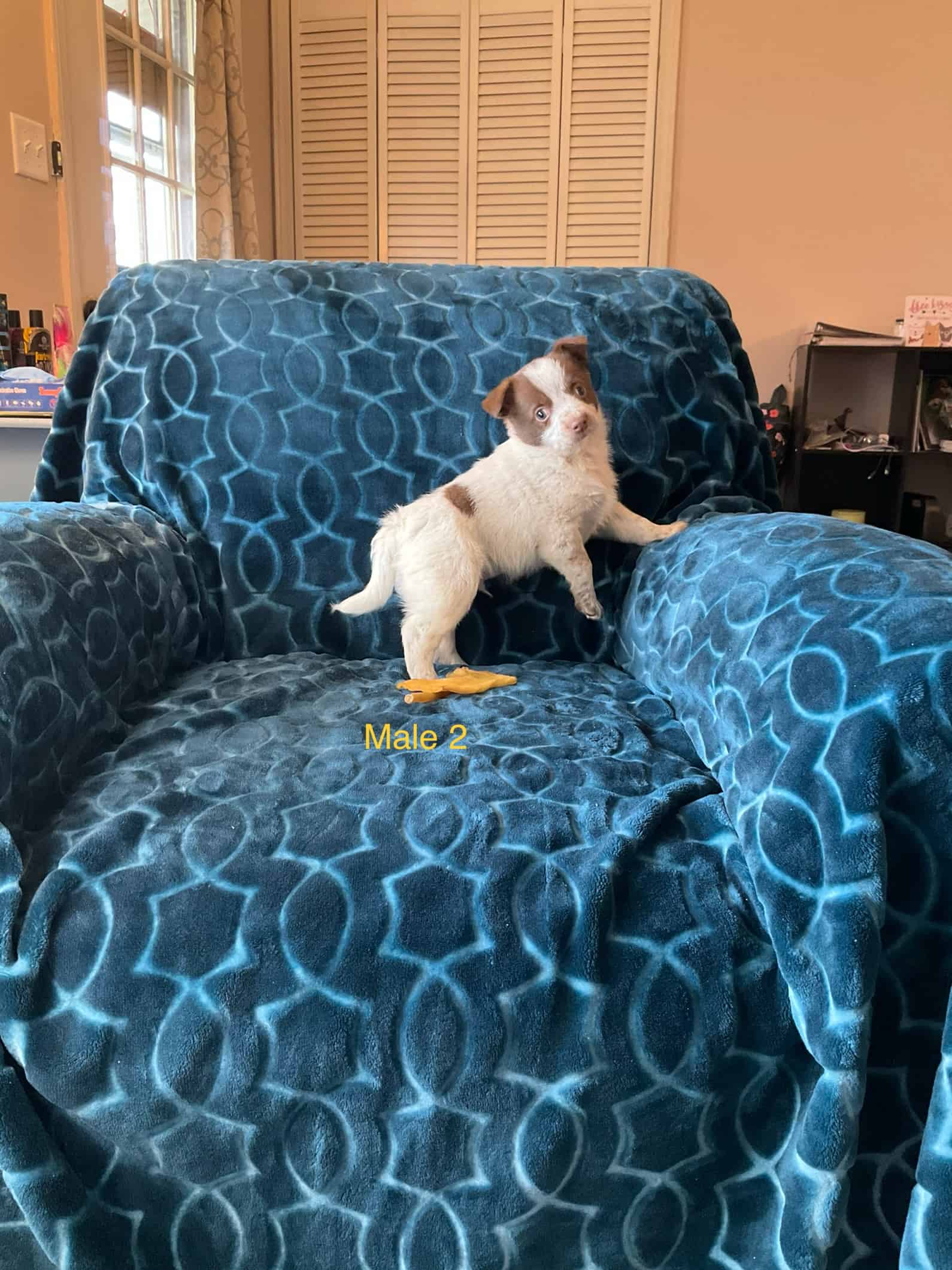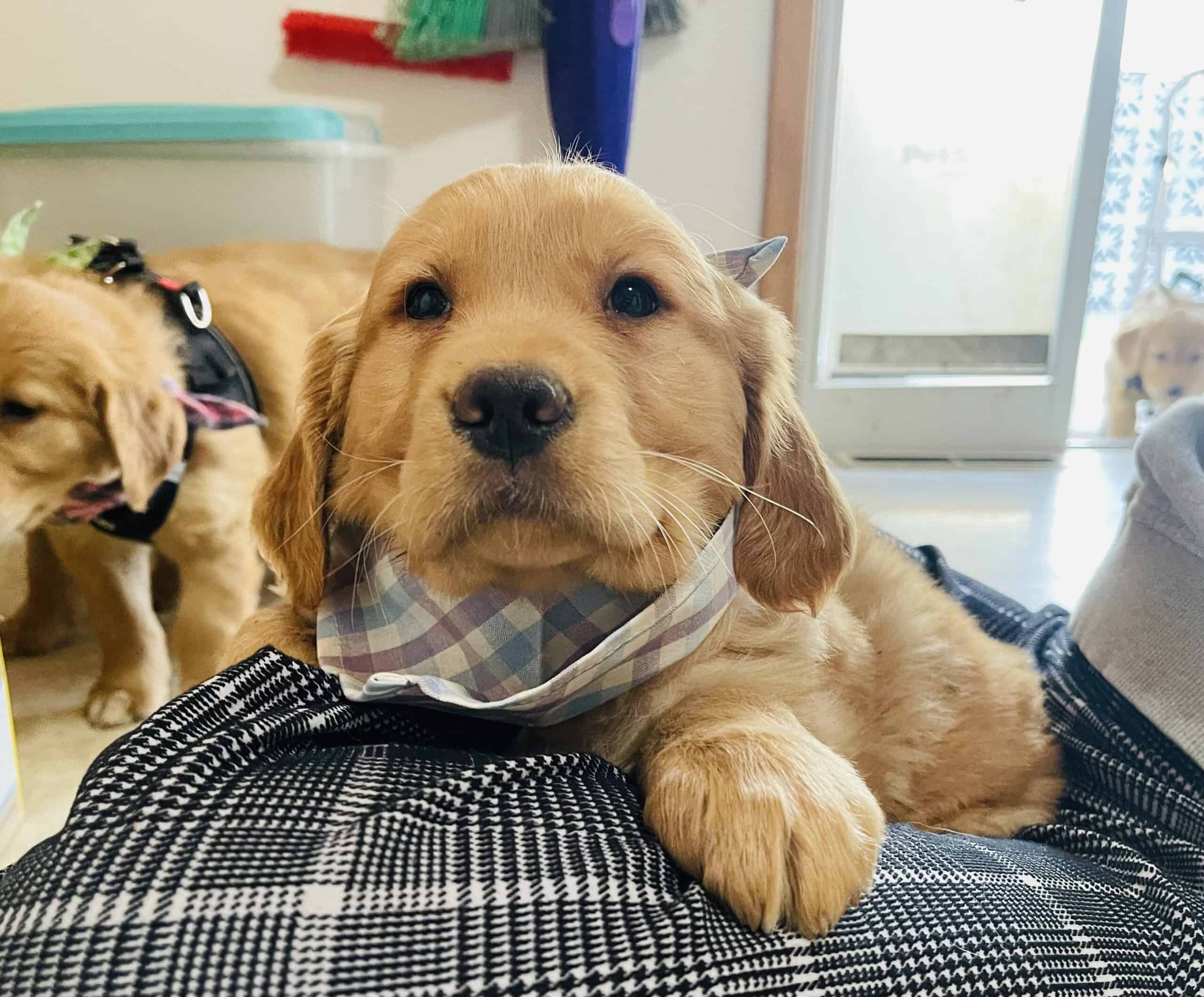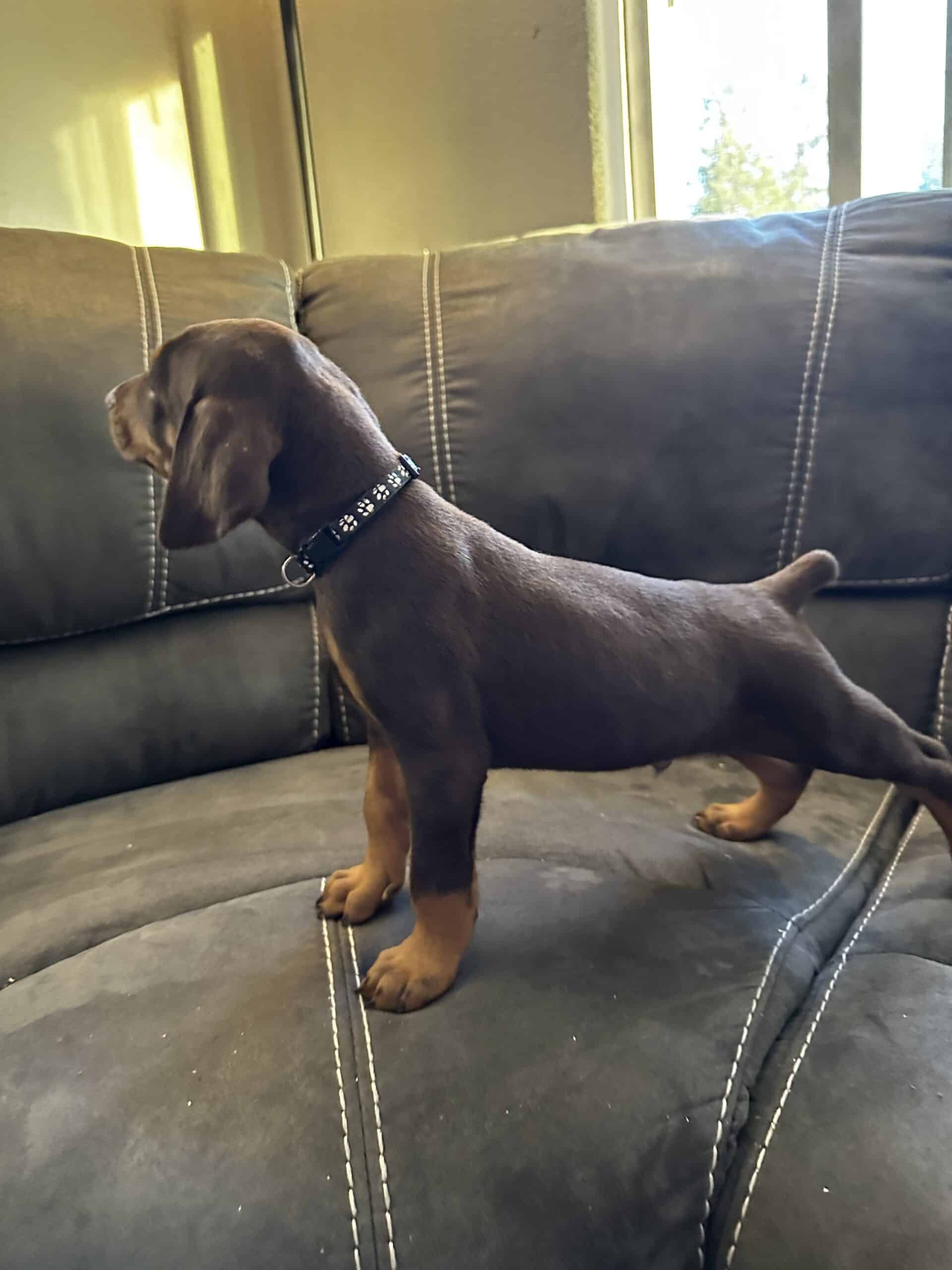Male Pembroke Welsh Corgi Stud
Englishtown Flea Market, Wilson Avenue, ...
Pembroke Welsh Corgis ready for forever homes
Enumclaw, WA, USA
As their popularity suggests, Pembroke Welsh Corgi puppies for sale are attractive, highly trainable, and personable. Corgis are ideal for families with active lifestyles who prefer small dogs. Pembroke Welsh Corgis thrive with a lot of exercises and mental enrichment.
Overview of Pembroke Welsh Corgi for Sale
The Pembroke Welsh Corgi is a small dwarf breed that is 10 to 12 inches tall at the shoulders and weighs 22 to 30 pounds. There is little difference between the genders. Pembroke Welsh Corgis are one of two Corgis. They separated from the Cardigan Welsh Corgi according to the Kennel Club (British registry) in 1934. Shortly after that, the Pembroke arrived in the US. The American Kennel Club recognized it that same year.
Brief History
Both the Pembroke and Cardigan Welsh Corgi were important cattle-droving dogs of Wales from the 1100s to the 1850s. Pembrokes were mainly used in the South. Historians believe Flemish weavers brought the first Pembroke Welsh Corgis from Flanders (ancient Belgium). These dogs had Spitz influences from the Schipperke, Finnish Spitz, Norwegian Elkhound, and others. Their short legs and nimble athleticism made them well-suited for the smaller Welsh cattle they tended. The 1900s saw farming practices change. Border Collies and other longer-legged herding dogs were more effective for herding sheep than Corgis. Luckily, Pembroke Welsh Corgis made fantastic family companions and show dogs.
Appearance
The Pembroke Welsh Corgi for sale is a low-slung dog with medium bone.
- Head – fox-like; short wedge shape
- Muzzle – medium-sized and strong
- Stop – moderate
- Eyes – oval, medium-sized, slightly slanted; various shades of brown; black, yellow, or blue penalized
- Ears – medium-sized, upright, slightly tapered and rounded at the ends; not bat-shaped
- Neck – long with a slight arch into the head
- Shoulders – well laid back
- Legs – short with straight pasterns; forearms slightly turned inward
- Body – length: height ratio = 6: 4
- Chest – deep without exaggeration
- Topline – level
- Tail – natural or manual short dock; no longer than two inches allowed, but as short as possible is desirable
Coat
A Pembroke Welsh Corgi has a medium-length coat with longer fur around the neck and shoulders. You will also see furnishings on the chest, abdomen, and the backs of the upper front and hind legs. While they do not qualify as having feathers, Corgis have light breeches. The undercoat is much shorter and denser than the outer fur and is weather-resistant. Pembrokes rarely can have extensive feathering on their ears, chest, legs, and feet and a long coat on the body. These dogs are called fluffies and will receive severe penalties in the show ring.
Pembroke Welsh Corgi Colors
You can tell what colors exist in a litter of Pembroke Welsh Corgi puppies for sale shortly after birth. Pembroke Corgi colors are restrictive.
- Fawn – light tan; some have black markings around the eyes
- Red – clear red to orange
- Sable – hairs are banded; can be red-based like Collie or an irregular pattern of black, brown, and gray
- Black and tan
- Bluies – dilutes with a smoky or bluish tone designating a blue or brown gene; severe fault or unacceptable color in the Corgi
- Whitelies – also an incorrect pattern; white dog with fawn, red, or sable markings
- Mismarks – faulted; white marking outside the acceptable areas
Self-colored Pembroke Welsh Corgis can be solid or have white markings. White markings are correct only if they occur in specific areas of the body. Generally, Corgis with white markings should exhibit Irish spotting (symmetrical designated pattern).
- Blaze splits the face
- Ring around the muzzle
- Collar around the neck – can be abbreviated so it is only a partial ring or sometimes just a white patch like an apostrophe or quotation mark
- Legs
- Chest
- Belly
- Tail – if the dog had a tail, the tip would generally be white
Cardigan Welsh Corgi vs Pembroke
Cardigan and Pembroke Welsh Corgis for sale began as distinct breeds with different backgrounds. They worked in different parts of the Welsh countryside. However, it is believed by some that the Cardigan Welsh Corgi was used in the development of the Pembroke. By the 1800s, the breeds were once again distinct. However, interbreeding occurred with show dogs since the Pembroke and cardigan were seen as types of the same dog. Crossing often occurred to make a Cardigan conform to judges who seemed to prefer Pembroke Welsh Corgis. Crossbreeding ended by the 1930s, and the differences are obvious as of the 2020s.
- Cardigan Welsh Corgi is slightly taller, heavier, and longer than Pembroke; Cardigan 10 to 13 inches tall, weighs 25 to 38 pounds
- Pembroke Welsh Corgi tail is usually almost nonexistent; a full Pembroke Welsh Corgi tail curls over the back or is a natural bob; Cardigan Welsh Corgi tail is a straight brush and like a fox’s tail
- The Cardigan’s croup slopes more than the Pembroke’s which is rather square in the rear
- Cardigan’s ears are larger and rounder at the tips – still not bat ears
- Cardigan’s colors are different with fewer restrictions on white markings – merle, brindle, black and tan, black, red, or sable
- Pembroke’s eyes are smaller
- Pembroke has a muzzle equal in length to the back skull, Cardigan’s muzzle is slightly shorter
- Cardigan has a broader chest and narrower hips
- Pembroke’s paws are oval, Cardigan’s are rounder
- Pembroke is more extroverted and has higher activity levels; Cardigan more laid back and adaptable
Personality
Pembroke Welsh Corgis are affectionate, loyal, high-energy, intelligent, and sometimes mischievous. Although they like children, they can aggressively herd smaller kids. They have a long history of working with groups of other dogs so they tend to be easygoing, cooperative, and playful with other canids. Corgis make excellent watchdogs with a sharp and alarmist bark. Otherwise, they are outgoing and friendly with strangers. A few unsocialized Pembrokes can become shy or snappy, but Cardigans have a reputation for being the more aggressive of the two breeds.
Lilfespan
The Pembroke Welsh Corgi has a life expectancy of 12 to 15 years.
Pembroke Welsh Corgi Puppies for Sale Near Me
Pembroke Welsh Corgi puppies for sale should be inquisitive, bright, and playful. You can pick up on these personality traits when you visit, which you should do with any local pup under your consideration. Cleanliness and the condition of the puppies will tell you a lot about their care and the breeder’s standard. You should also go by word-of-mouth to find a reputable breeder. The basic test results you can expect should involve an evaluation of each parent’s eyes, heart, and hips.
Care
Pembroke Welsh Corgis require a lot of exercise for their size. They have average overall maintenance demands.
Grooming
Pembroke Welsh Corgis, like most herding dogs, shed moderately throughout the year and blow their undercoats in the spring and fall. During their weeks of heavy shedding, you should brush your dog at least daily. Frequent bathing without shampoo can help deal with the copious tufts of fur. Most of the year you will only need to brush your Corgi two or three times a week. You should bathe your dog every two or three months and clip its nails every six to eight weeks. Check your Corgi’s ears every few days. Ideally, you should begin a dental hygiene routine as early as you can, brushing your Pembroke’s teeth multiple times weekly.
Exercise
Your Pembroke Welsh Corgi requires 50 to 70 minutes of exercise every day. You should split this portion into multiple sessions (at least two) and intermix it with training and other mentally stimulating activities. Corgis can do well with racing games, agility, flyball, herding competitions, and puzzles. Unlike some other small breeds, Corgis require full-speed exercises to make up 15% to 20% of their daily regimen.
Feeding
Pembroke Welsh Corgis are prone to obesity. You must regulate their intake as well as regularly assess their body condition score. Corgis should eat 28 to 32 calories per pound each day in two or more meals. Puppies eat two or three times this amount three to six times daily depending on age and activity level. Like any dog, Pembrokes require animal proteins. Fish oils are the most readily absorbed fats for your dog, but she can also do well with vegetable oils. Even dogs on raw diets seem to benefit from leafy greens, squash, and berries.
Training
Pembroke Welsh Corgis are used to working alongside people and tend to be relatively easy to train. The biggest challenges they pose are an independent streak and a desire to test their limits. Corgis benefit from a lot of varied approaches to prevent boredom and a positive reward system.
